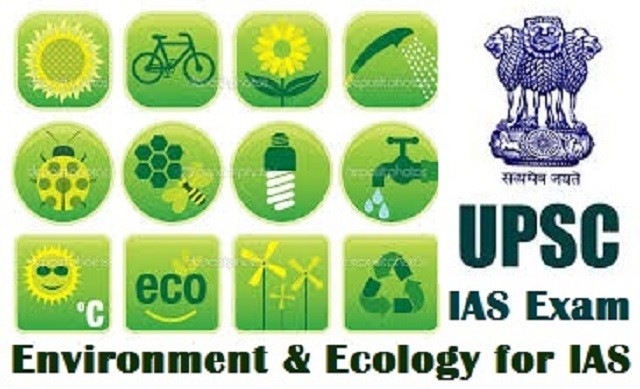Any electronic or electrical appliances which are not in use anymore or discarded comes under Electronic Waste (E-Waste). It includes the goods working and cracked objects that are thrown in the trash or distributed to a charity. If no will purchase the item, it will be thrown away.
- Electronic Waste is hazardous due to toxic compounds that naturally filter from the elements inside during buried.
- E-waste is the electronic items that are undesirable, not working, and approaching or toward the finish of their “helpful life.”
- Computer, Television, VCRs, Laptops, Stereos, Fax Machine, etc. are an example of some of the electronic products which we use in our daily life.
Source of Electronic Waste
Electronic Waste as of now comprises 2-3% of the U.S. mun waste stream, yet it’s answerable for practically 70% of our harmful Waste. Carnegie Mellon University has anticipated that there are as of now 70 million PCs in our landfills. The regular PC screen has, in any event, five to eight pounds of lead, representing 40% of all the lead in U.S. landfills.
In the following points, the electronic devices are mentioned that are the source of E-waste product from the products which we use in our daily life-
- Computer Devices- Monitor, Speakers, Keyboard, Printers, Mouse, etc.
- Entertainment Devices- Television, DVD Player, CD Player, etc.
- Communication Devices- Mobile, Landline Phones, Fax, etc.
- Household Appliances- Microwave Oven, Vaccum Cleaner, Refrigerator, Washing Machine, Air Conditioner, etc.
- Audio and Visual Devices- VCRs, Stereos, etc.
Help from Government and Other Resources
The ASSOCHAM report (2017) suggests that the administration may take a look at working together with the business to draw out formal/standard working strategies and a phased approach towards the motivation of diminishing e-waste to the lowest.
Considering the unfavorable effects generated by untreated e-waste on earth, water, and air, the Government ought to empower the new business people by offering fundamental money related help and technological guidance.
Impact on the Environment
The Waste of Electronic Devices creates a horrible effect on the environment, to avoid the harmful impact on the environment, it is essential to give the e-waste to the R2 certified recycling facility. In the below points, we mentioned some of the hazardous effects of the e-waste on the environment-
- The devices thrown to the landfills, the toxic element leak into the groundwater that affects the animals of land and sea both.
- The poisonous of substantial metals and chemicals generate from e-waste enter the soil, which is one of the most significant fields for overwhelming metals’ presentation to people. These chemicals are non-biodegradable—they endure in the environment for an extended period, increasing the danger of exposure.
- Improper removal of these electronic wastes affects the soil, air, and water segments of the earth.
Impact on Human Health
The health impacts of these poisons on people include birth defects and brain injury, heart, liver, kidney, skeletal system, reproductive system, etc.
Most of the electronic devices contain toxic materials like- lead, zinc, nickel, barium, chromium, etc. these toxic elements released in the environment it generates damage to human blood, kidneys, and central and peripheral nervous system.
E-Waste Management Strategy
- All the electronic devices such a- television, computer, speakers, battery router, mobile, etc.should be arranged at the segment level, and every part is settling to change over it again into raw materials (usable materials) towards the manufacturing of new and existing items.
- To stop the problem of the environmental issue, human health, and save valuable resources, it requires ultimate disposal at properly authorized by the Indian Government with sanctioned amenities for some components & products.
- The alliance of the informal division into a straightforward reusing framework is vital for better control of the ecological and human health impacts.
- E-waste is a precious origin of metals, for example, gold, silver, and copper, which can be recovered and brought again into the production cycle.
Conclusion
The management of E-waste is a challenge for developing countries like India. Day-by-day it is becoming a huge environmental problem and health issue. Depreciating the number of hazardous materials in e-items will likewise have a constructive outcome in managing the particular e-waste streams since it will sustain the prevention procedure.
Also, the e-squander assortment targets should be regularly explored and renewed to ensure consistency across India on an assortment of e-waste.
.
You Can Follow on Youtube – Score Better
Also Read More Articles of Environment & Ecology
.
